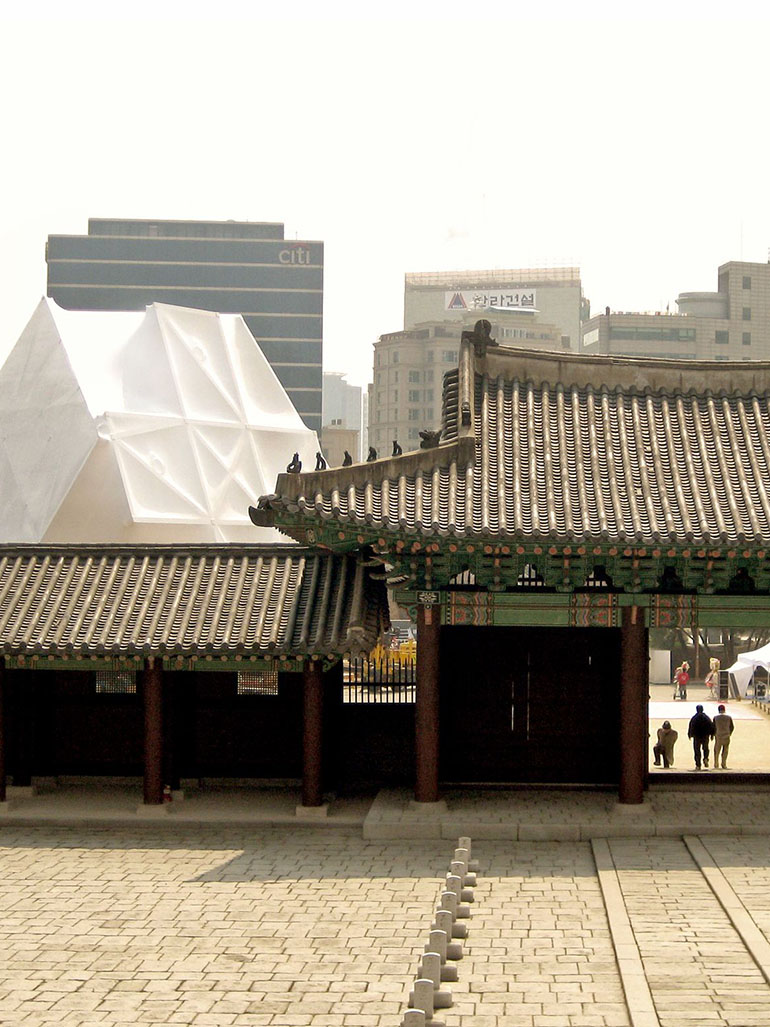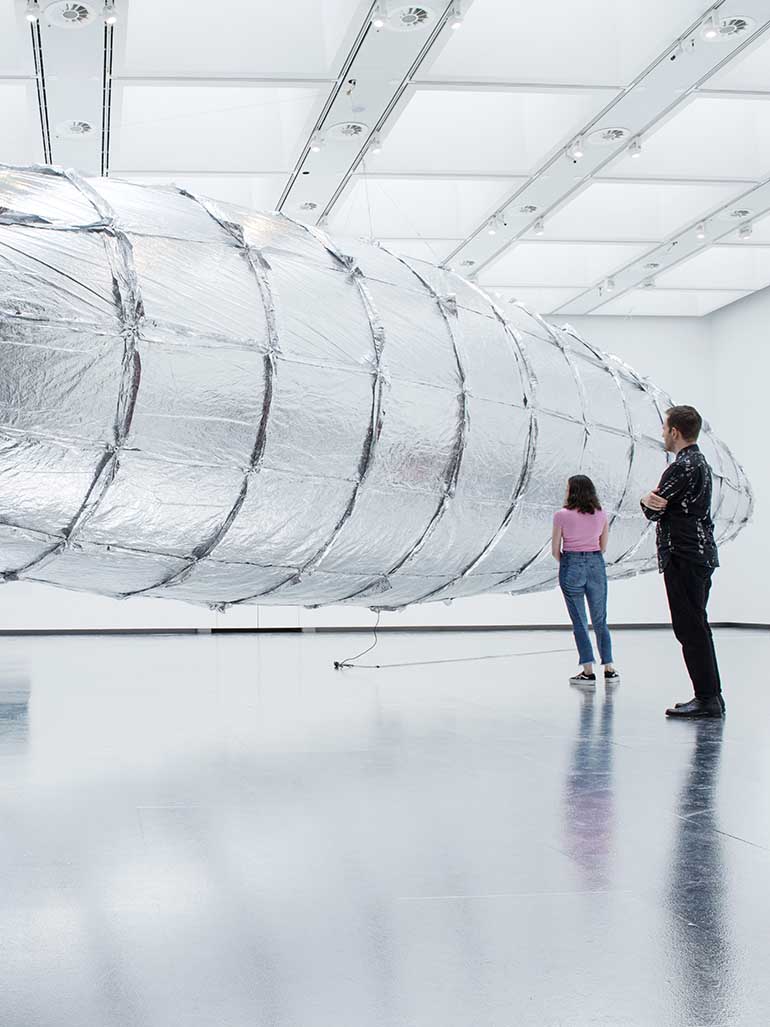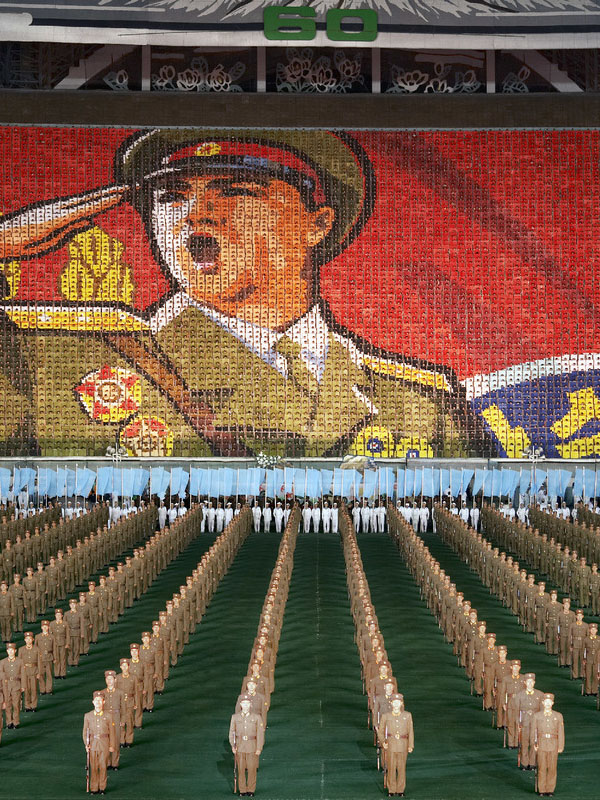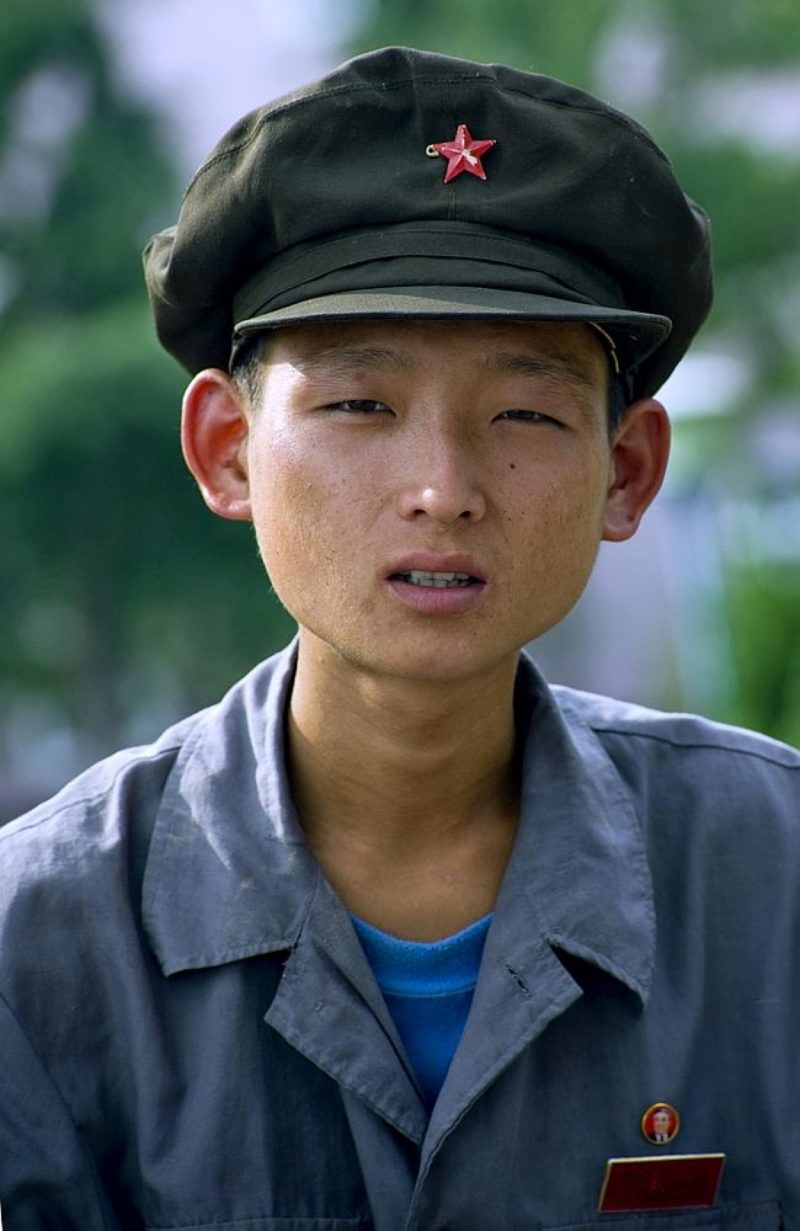
Who is Eric Lafforgue?
Eric Lafforgue is a French photographer who traverses the world. He has always been fascinated by the world countries, especially those in remote areas, and spent time in Africa when he was about ten years old, Yemen, Ethiopia, and Djibouti.
He started his photography career in 2006, and soon, newspapers and magazines from across the world, such as National Geographic, began to use his images for illustrations of Papua New Guinea and Ethiopian tribes.
Six trips to North Korea
One of his most famous works is a series of photographs about the condition of North Korea. The government doesn’t allow it to be shown to the outside world. He visited North Korea six times in four years between 2008 and 2012.
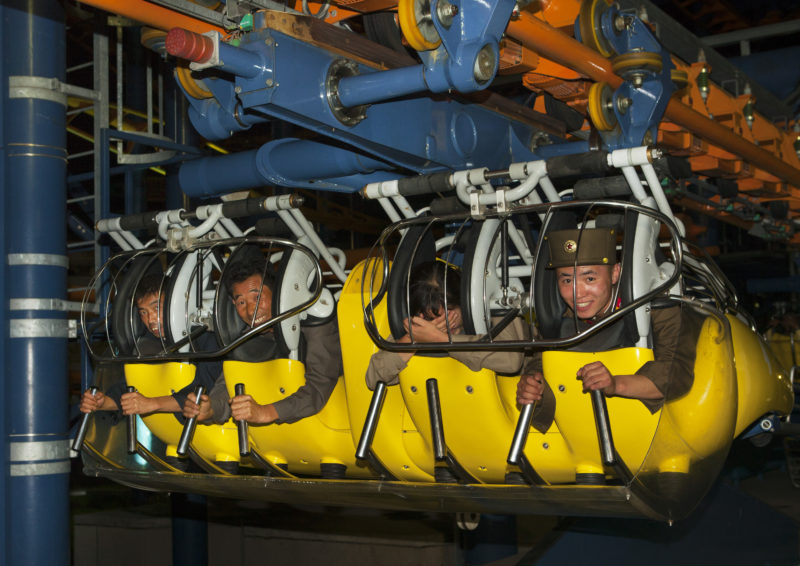
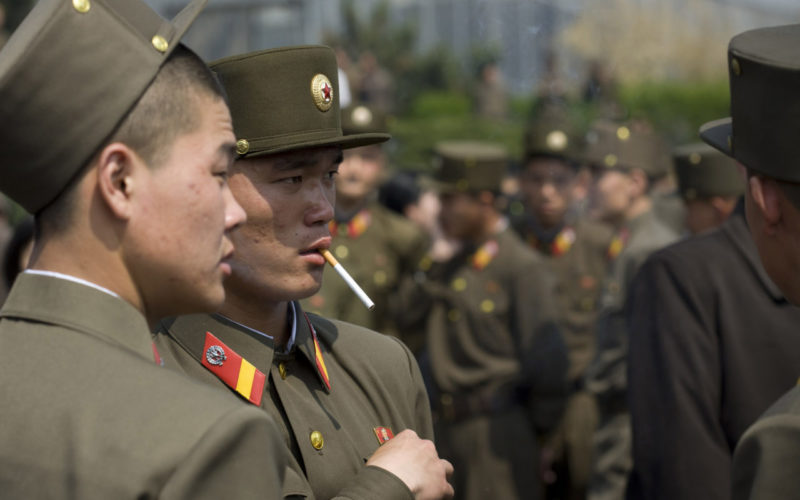
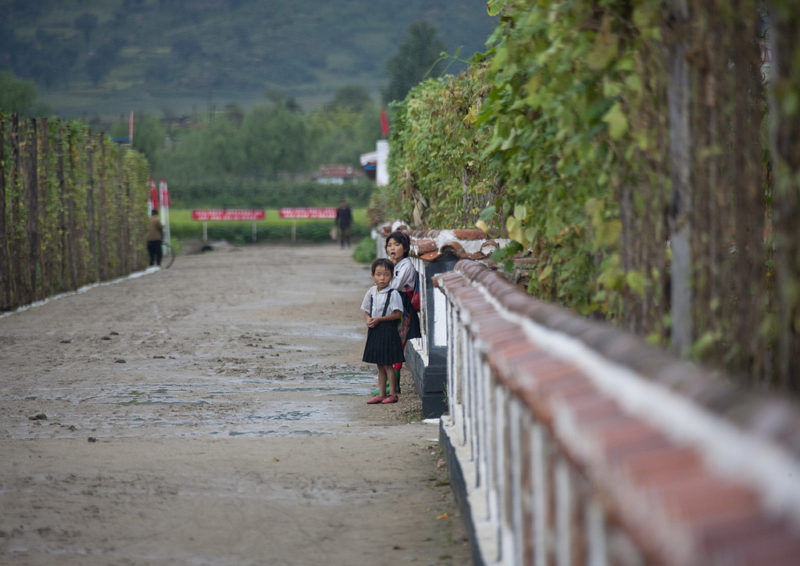
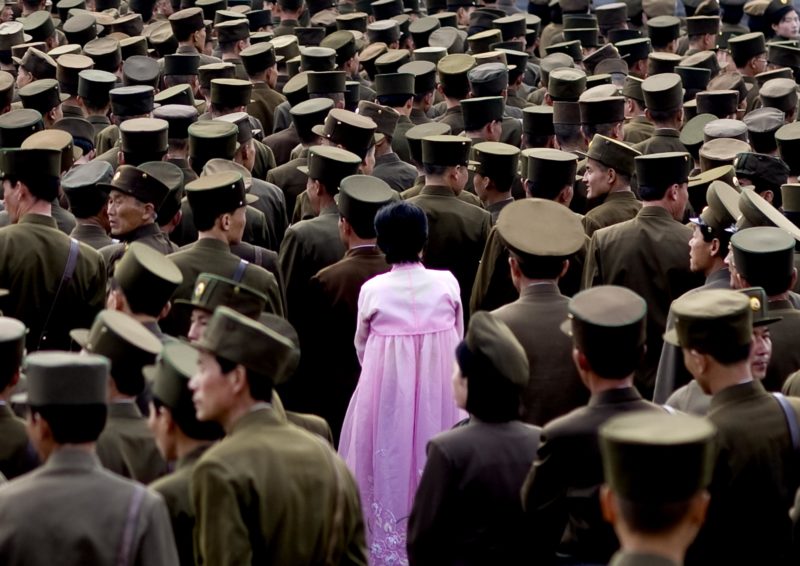
Forbidden images
He managed to take a variety of pictures of the country. Of course, some of these images were not allowed to leave the country, but Lafforgue managed to sneak them out in a USB flash drive. Some of these included photos that Lafforgue was forbidden to take or was told to delete by the minders.
The images that are not allowed to be taken include those of malnutrition individuals – old or young, as this is a sign of poverty. Also, taking pictures that depict hardships, such as people riding bikes for hours to and from work every day, is not allowed. Eric was also told to delete one photo he took as the power went out. He was told that when there is a blackout, it is due to the American embargo on North Korea. Lafforgue said:
The North Korea regime controls everything that goes out of the country. Even me, when they let me take a picture of kids smiling, it is because it sits good for the country. I take those pictures because there is a real part of the people that are happy, and I want to document that … North Koreans are brainwashed, but they live like everybody in the world.
The government of North Korea austerely controls its image, whether domestically or internationally. That is why Eric Lafforgue’s photos pulled back the curtain and allow the world to see North Korea as it really is.
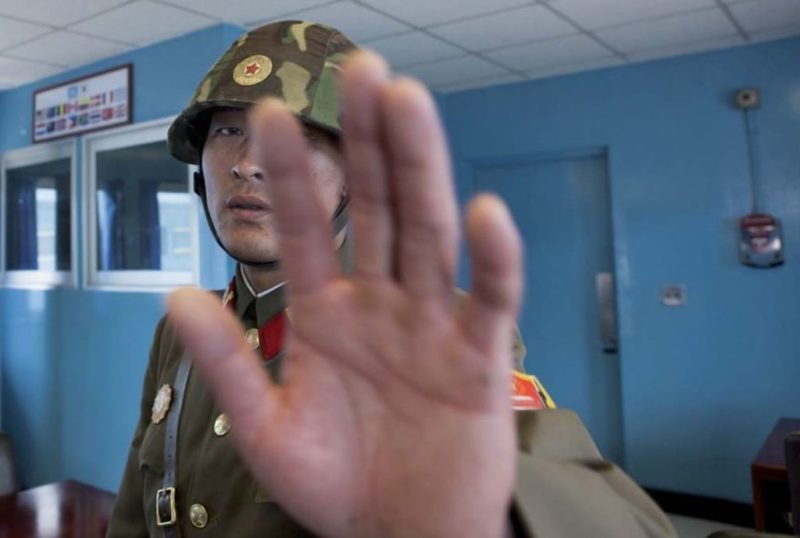
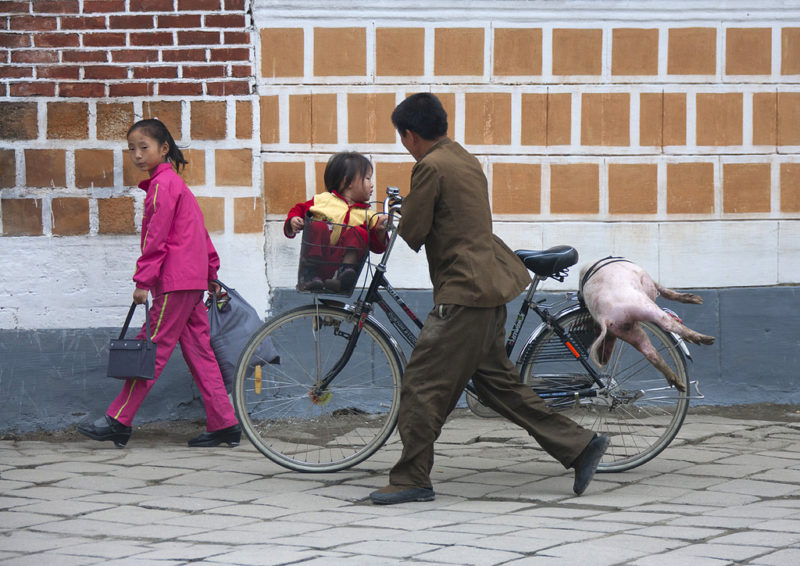
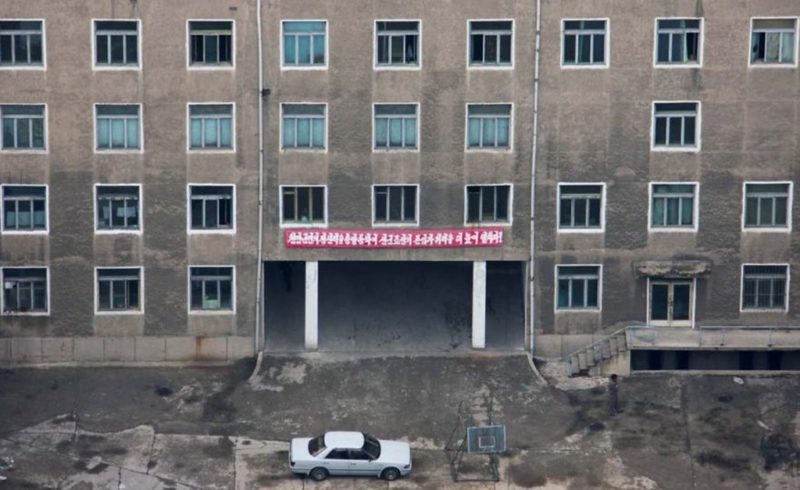
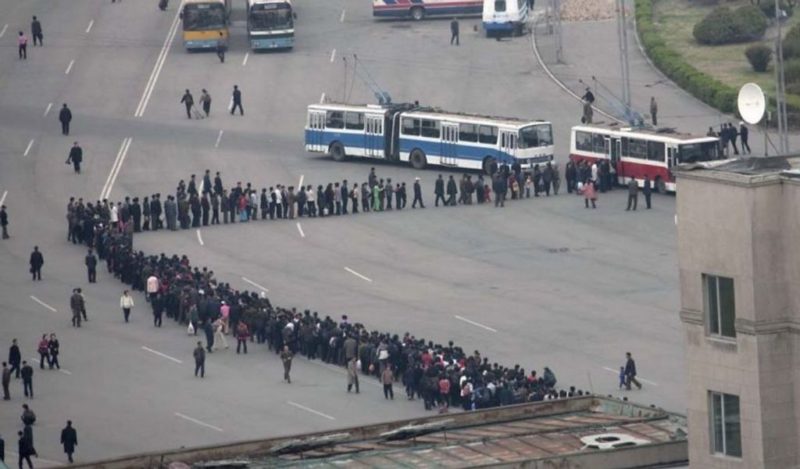
Lifetime ban for taking the wrong photos
North Korea’s government didn’t like being shown unfavorably and demanded Lafforgue to take down the images, but in vain.
For any visitor to North Korea, there is an orchestrated tourist trip that you must take as directed by the government. These planned trips are only to show the good sides of the country. The minders make sure to prevent tourists from seeing how the soldiers are forced to work in the fields, how people live in poverty in rural areas, and how children are used as the source of free labor.
I refused as I show all the aspects of North Korea: the good and the bad. Just like I do with any country I visit. I refused to make an exception for North Korea, and they didn’t like this.
– Eric Lafforgue.
During his visit to North Korea, Lafforgue interacted with the locals and learned how they feel about their leaders.
Life is brutal in many places of North Korea, far from the Western Standard. Even with their hard life, they told me, with tears in their eyes, they venerated the dear leaders even if sometimes they do not have a lot to eat.
What followed was a life ban to North Korea for Eric Lafforgue.
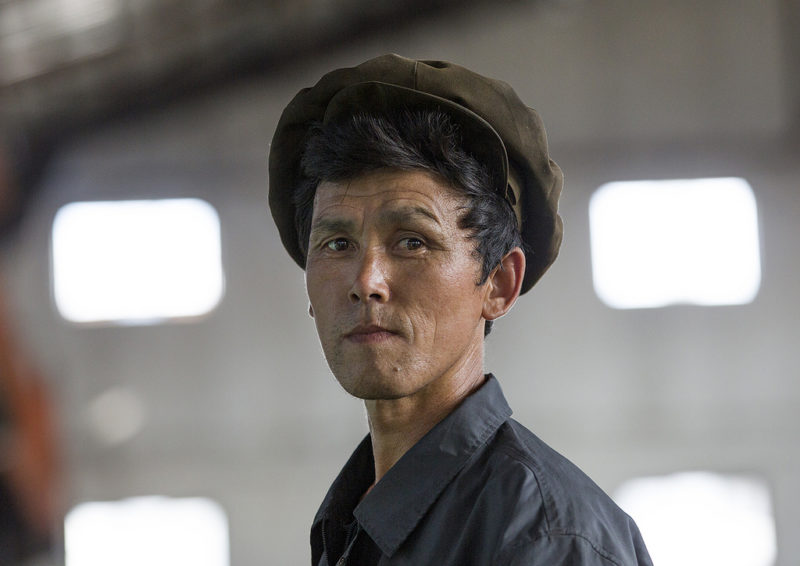
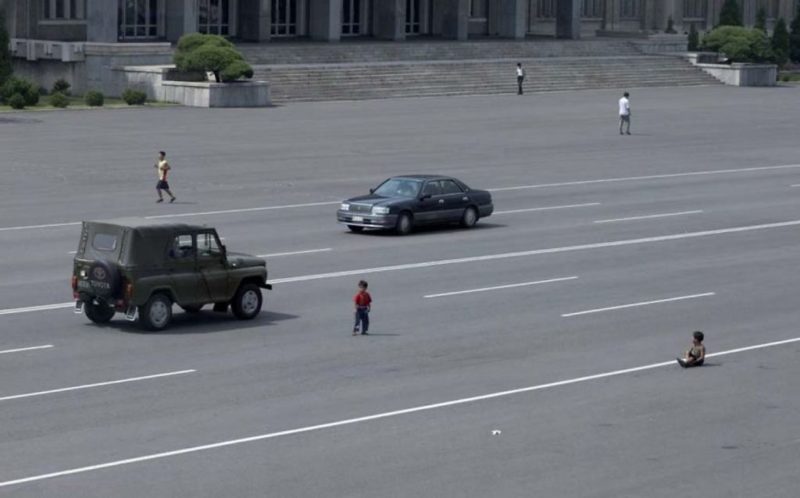
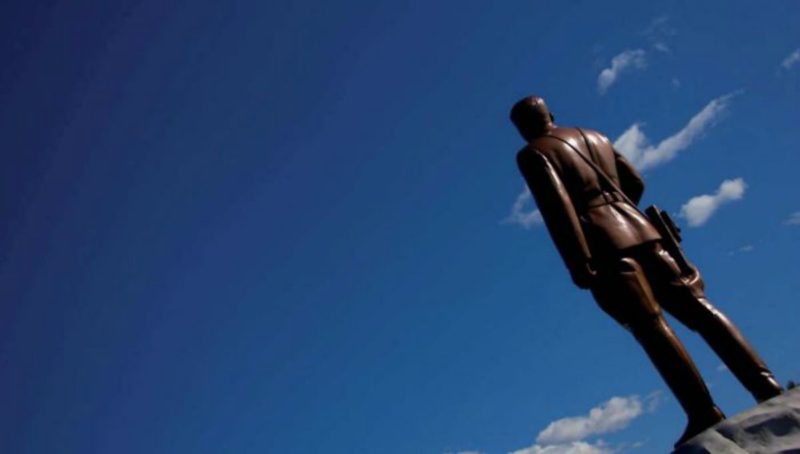
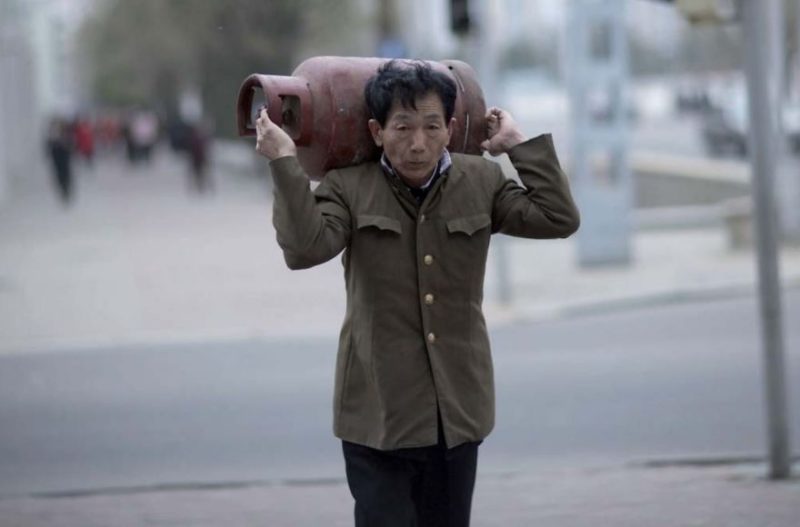
The Arirang Mass Games
Whenever a tourist lands in North Korea, they are always put under a guided tour. And the guides reveal more to the tourists than stated journalists, a trick that Lafforgue used – he declared himself a tourist. But there were still problems as each time he visited the country. He would be taken on the same arranged tour to the expected sites. So to avoid this, Lafforgue started coming during special events such as Arirang Mass Games.
The Mass games are an annual event that is held to tell a story of North Korea, accompanied by convoluted synchronized performances, which North Koreans consider an honor to take part in.
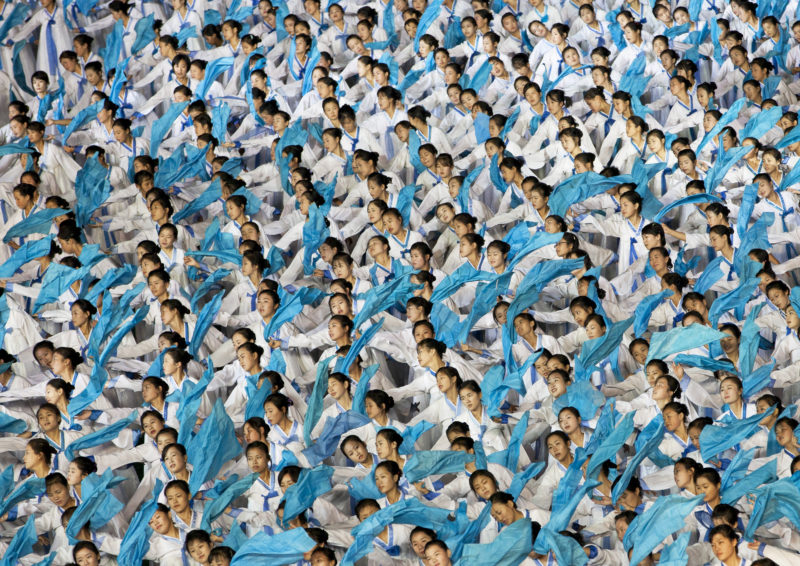
Kwangmyong – North Korea’s intranet
North Korea is known worldwide for having the most extreme censorship, with the government controlling everything, including communications. The country regularly ranks bottom of the Reporters Without Borders Press Freedom Index. All media outlets are strictly owned and regulated by the government of North Korea.
This means that whatever the media reports come from the Korean Central News Agency, the government controls how it wants to be seen by the outside world. A large portion of the media resources is directed toward propagating political propaganda as well as promoting the personality cult of Kim II-Sung, Kim Jong-il 1, and Kim Jong-un – grandfather, father, and son that ruled and still ruling North Korea.
Internet access is only limited to some high-level government officials, while in universities, a small number of strictly supervised computers are offered. Besides these two scenarios, the rest of the North Korean citizens may only be allowed access to the government-owned intranet called Kwangmyong 23, which, as you have already guessed, is also highly restricted.
The country’s own intranet is only limited to certain elite grade schools, universities, selected research institutions, factories, as well as privileged individuals. Visitors to the country can access the internet via the 3G phone network. Kwangmyong intranet is filtered by the government’s Korea Computer Center, which only allows information deemed acceptable to be accessed.
With all connections cut with the outside world, the North Koreans believe what they live in is a normal life, just like in any part of the world. However, some have managed to escape from the country, and they have bone-chilling stories about their past life there.
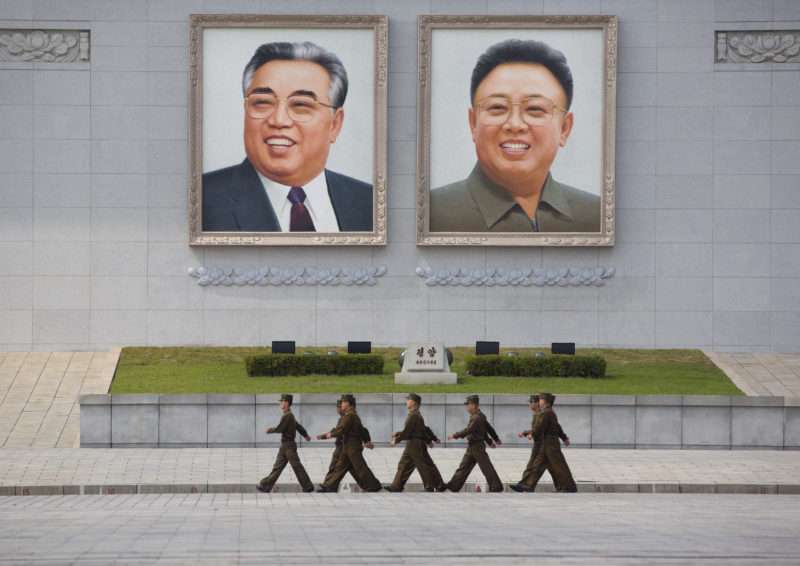
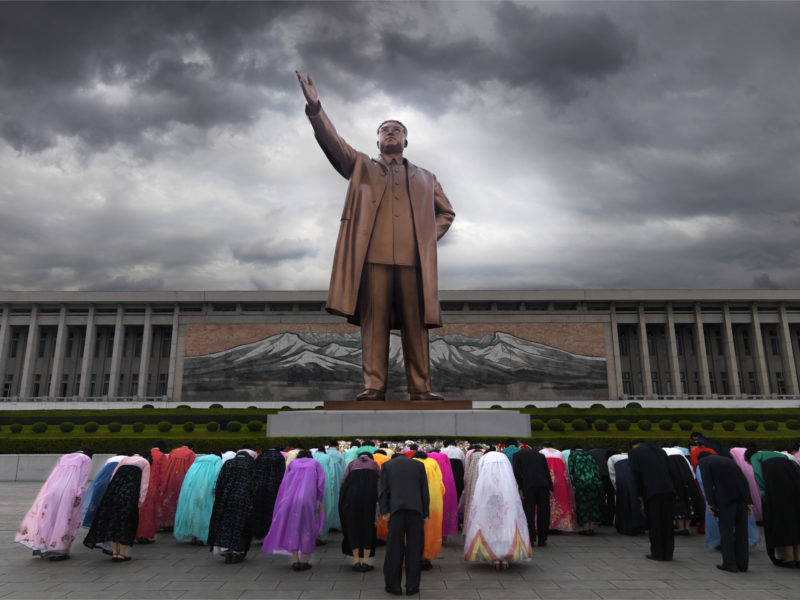

Final thoughts
The 38 illegal photos smuggled out of North Korea by Eric Lafforgue gives a rare image of what life really is in this highly secretive country. An extreme inadequacy of reliable information hinders media coverage in the country, and most of the information about North Korea is usually filtered through neighboring South Korea.
However, the longstanding conflicts between the two means the information cannot be relied upon. Eric Lafforgue’s images allow us to at least have an idea of the day-day life of North Koreans. Even if he was banned for life, it seems to be a small price to pay for undistorted truth about the lives of the citizens in North Korea.
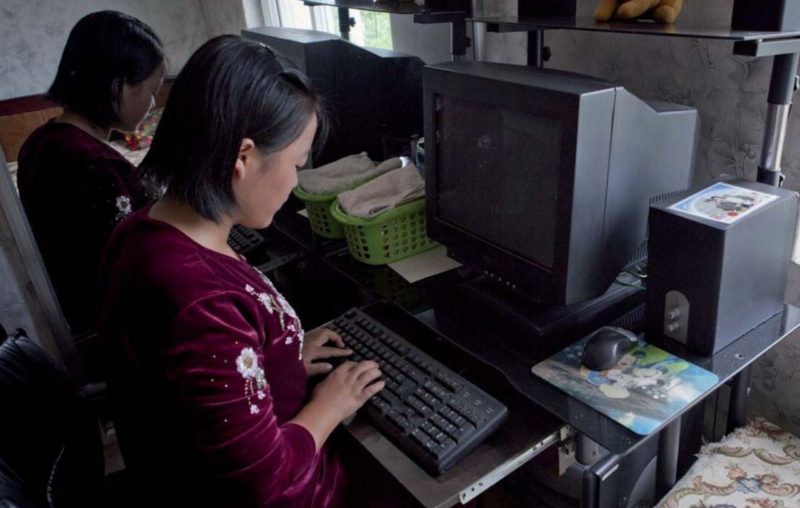
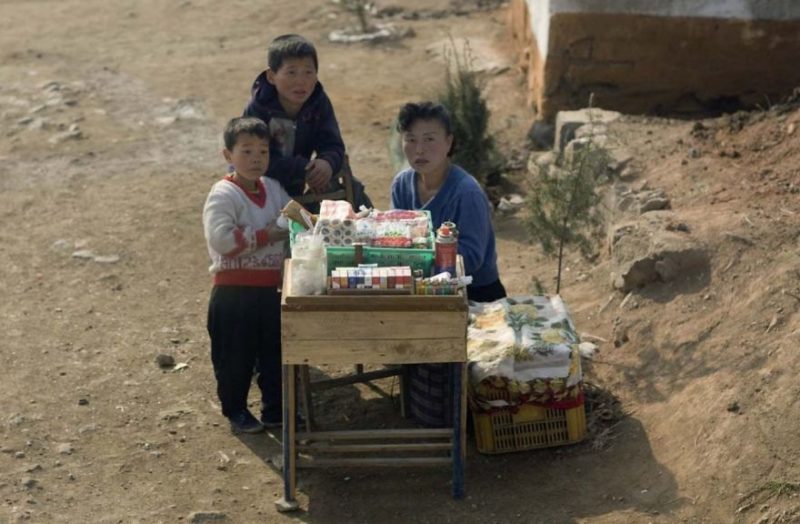
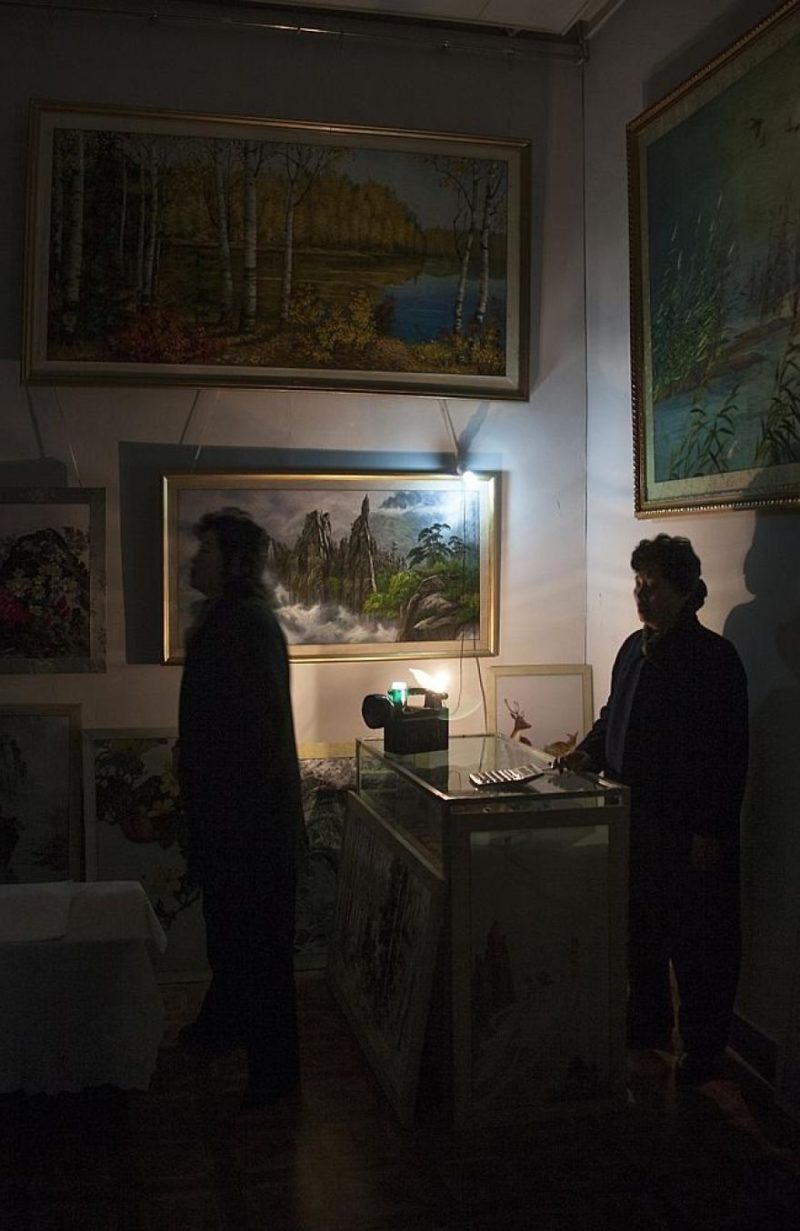
Explore nearby
Kaesong, North Korea
 Carl De Keyzer spent 30 months in North KoreaPhoto documentation (2015-2017)6 km away
Carl De Keyzer spent 30 months in North KoreaPhoto documentation (2015-2017)6 km away Rem Koolhaas' Prada TransformerInstallation ended (dismantled in 2009)57 km away
Rem Koolhaas' Prada TransformerInstallation ended (dismantled in 2009)57 km away
 Lee Bul's giant metal ZeppelinInstallation ended (dismantled)62 km away
Lee Bul's giant metal ZeppelinInstallation ended (dismantled)62 km away Tokujin Yoshioka's Rainbow ChurchExhibition ended (dismantled in 2010)66 km away
Tokujin Yoshioka's Rainbow ChurchExhibition ended (dismantled in 2010)66 km away

